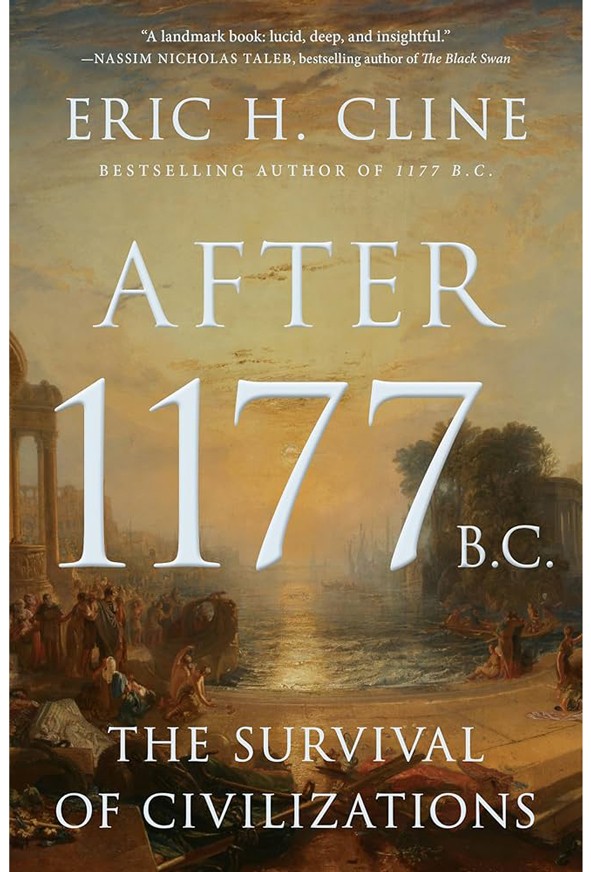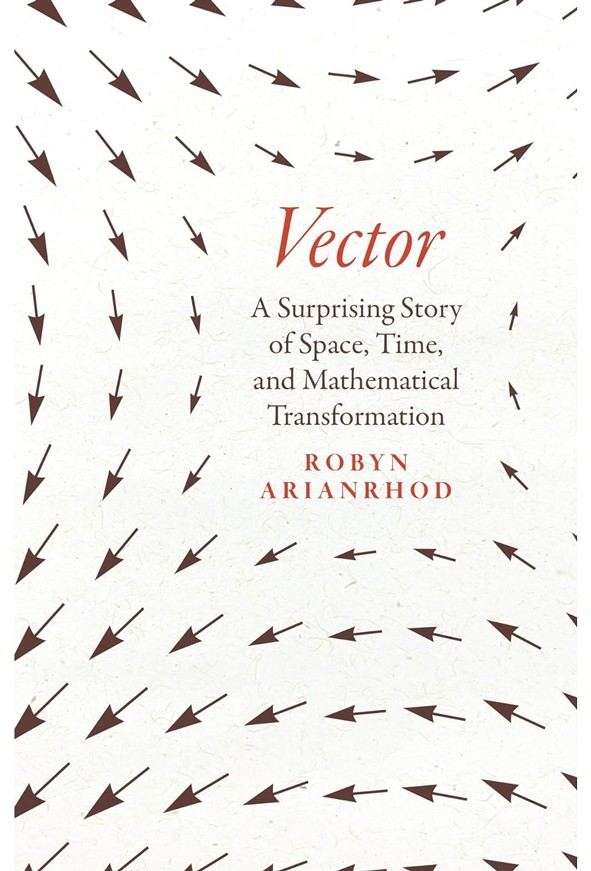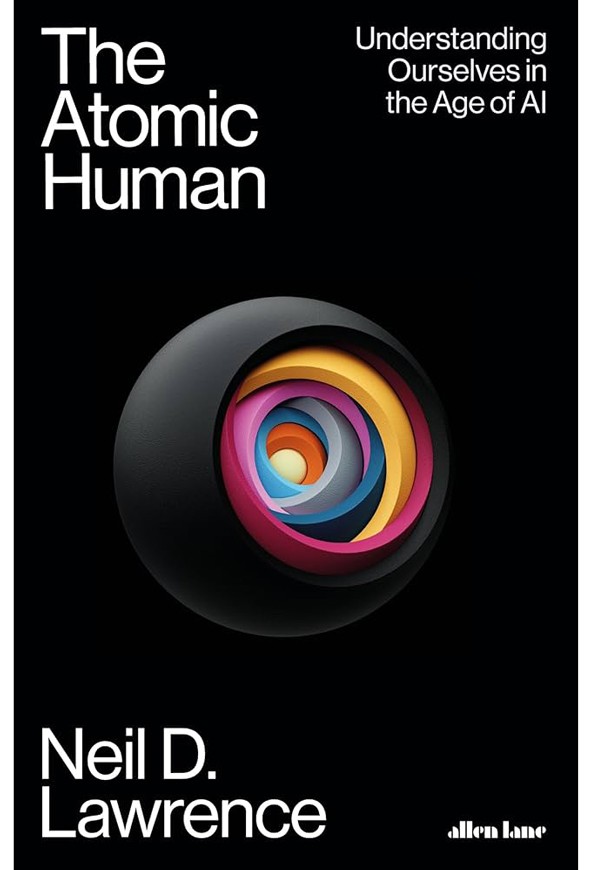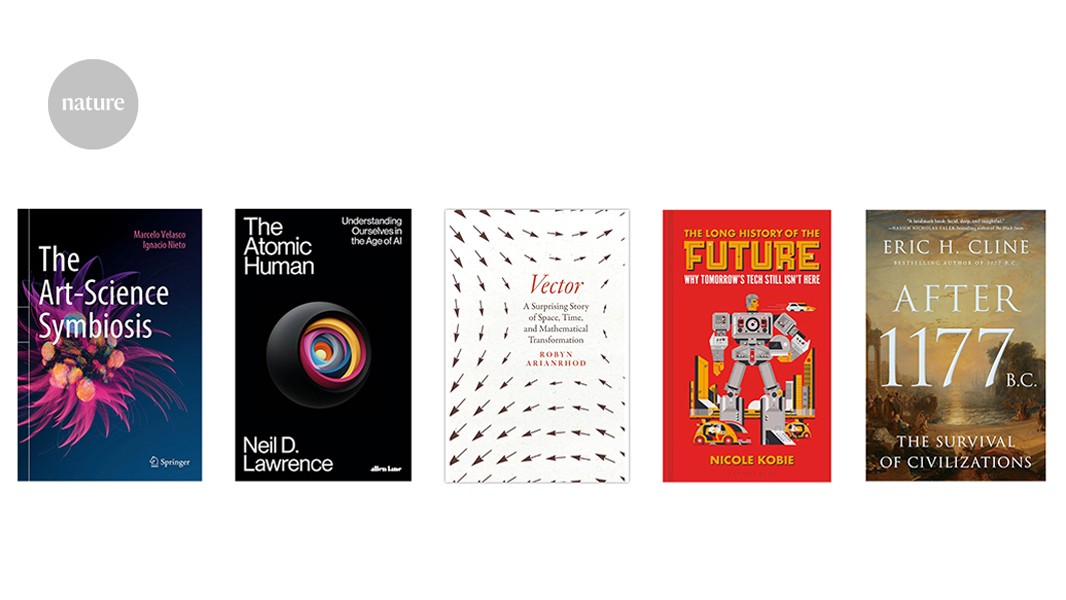
The Long History of the Future
Nicole Kobie Bloomsbury Sigma (2024)
Self-driving cars have been a hot topic for decades. In 2023 in the United Kingdom, the first hands-free car was approved for use on some public roads. It monitors the driver’s eyes to ensure that they watch the road. “In other words, driverless cars are here … and they require a driver,” jokes journalist Nicole Kobie in her vivid account of why the future often takes so long to arrive. The gap between theory and successful technology can be decades — as was the case for computer scientist Alan Turing’s conception of artificial intelligence.

After 1177 b.c.
Eric H. Cline Princeton Univ. Press (2024)
In 2014, archaeologist Eric Cline published 1177 b.c.: The Year Civilization Collapsed. His new book analyses, in formidable depth, the four centuries that followed, across the Aegean and Eastern Mediterranean world, a period regarded as a dark age for Greece by most twentieth-century historians. By examining evidence for the seven criteria of civilization — including a centralized economy, literacy and impressive architecture — he concludes that this was more a time of “rebirth and renewal” than of “darkness and despair”.

Vector
Robyn Arianrhod Univ. Chicago Press (2024)
Mathematics began in ancient Mesopotamia five millennia ago. But as mathematician Robyn Arianrhod notes, “it took a very long time to create the idea of a single symbol having both magnitude and direction” — the vector. Conceived in 1843 by William Rowan Hamilton, it subsequently enabled James Clerk Maxwell’s theory of electromagnetism, Paul Dirac’s quantum field theory, Emmy Noether’s connection of mathematical symmetry with energy conservation and more, as this book describes with lively clarity.

The Atomic Human
Neil D. Lawrence Allen Lane (2024)
Computer scientist Neil Lawrence has worked on machine learning for more than 20 years at universities and technology companies: experiences that illuminate his views on intelligence in this demanding but fascinating debut book. Its title draws on the concept, proposed by the philosopher Democritus, that matter cannot be reduced beyond atoms. Lawrence argues that human intelligence is also atomic. “Although not a believer, I have sympathy with the idea that there is a spirit within us that cannot be replaced by a machine.”

The Art–Science Symbiosis
Marcelo Velasco & Ignacio Nieto Springer (2024)
“The greatest scientists are artists as well,” remarked Albert Einstein. The insight underlies this exploration of “how artistic methodologies intersect with experimental science to produce unique results”, note biologist Marcelo Velasco and art theorist Ignacio Nieto. For example, a sketch by psychologist Nicholas Wade shows the French words ‘Une pipe’ shaped into a tobacco pipe, with the caption ‘Ceci est une pipe’ — a commentary on surrealist René Magritte’s The Treachery of Images, with the words ‘Ceci n’est pas une pipe’. Andrew Robinson
Competing Interests
The author declares no competing interests.


